Important Dates
December
12/02 - Ladies At The Table
12/04 - Officer Practice
12/04 - School Of Instruction
12/06 - Possible Degree
12/09 - 2nd Saturday Coffee
12/11 - Officer Practice
12/11 - School Of Instruction
12/13 - Regular Communication
12/18 - Officer Practice
12/18 - School Of Instruction
12/20 - Possible Degree
12/25 - Christmas Day
12/27 - Saint John the Evangelist Day
12/27 - Possible Degree
Upcoming Activities
01/01 - New Years Day
Check the website for any date changes and also see Calendar page
Important Dates
December
Upcoming Activities
Check the website for any date changes and also see Calendar page
Christmas Facts You May Have Not Known
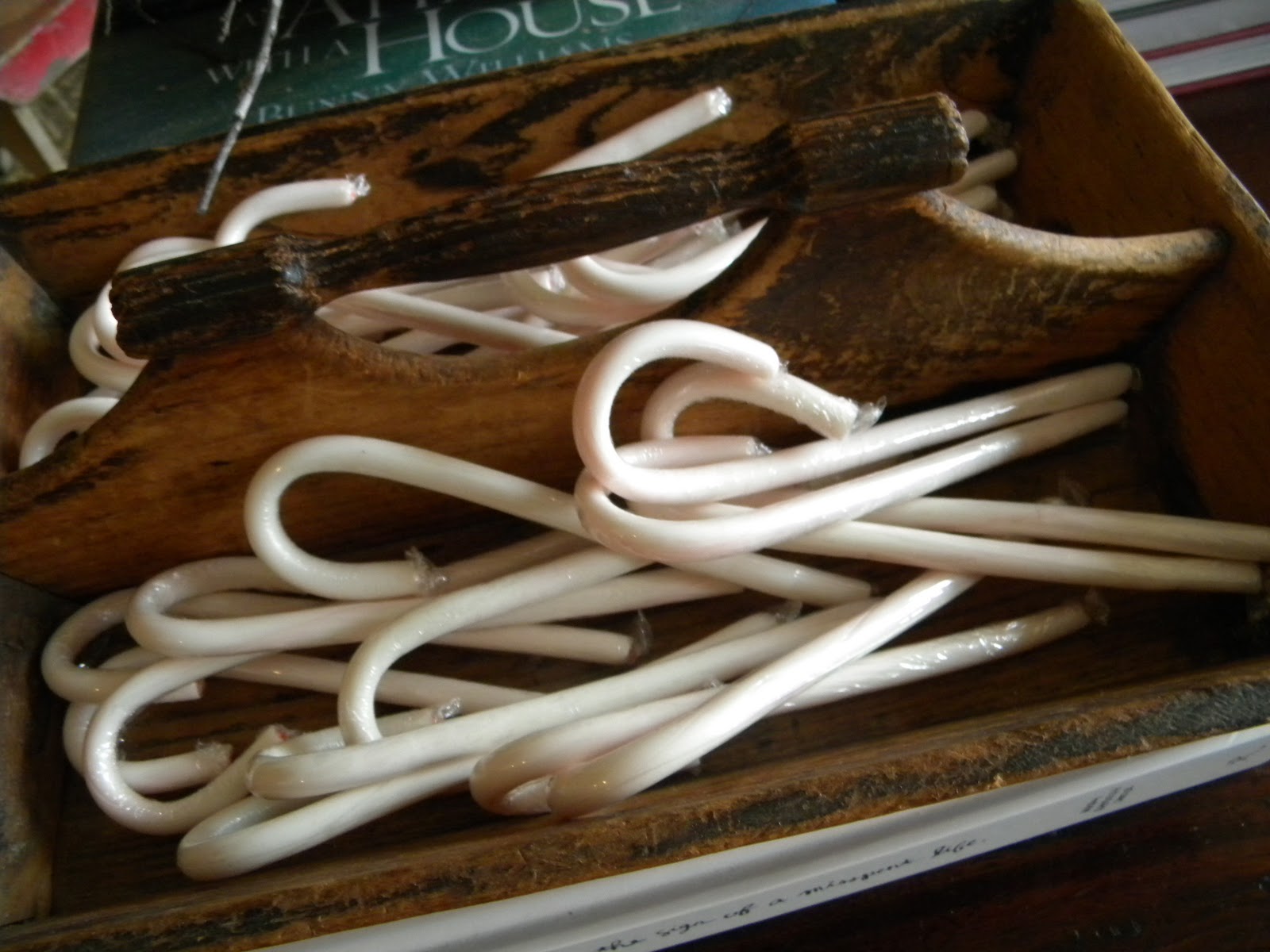
Candy Canes
The first known candy cane was made in 1670 by a German choirmaster to help children endure lengthy nativity services. They were white
and modeled after shepherds' canes. The candy cane made its way to America in 1847, when a German immigrant decorated the tree in
his Ohio home with the iconic candy.
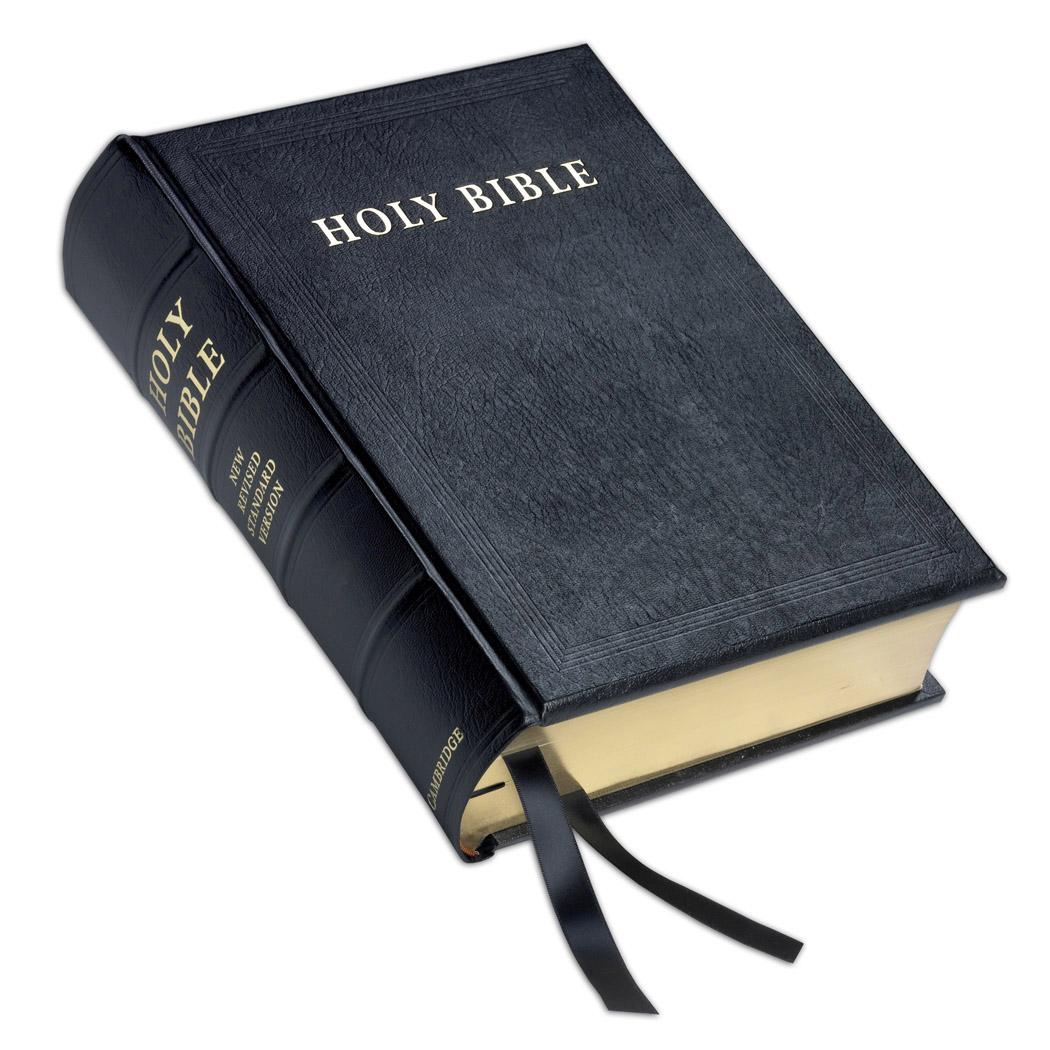
Bible Reference
The Gospels leave specific dates and even seasonal references out, but mention shepherds tending their flocks when Jesus was born. This
leads some to believe that he's more likely an Aries than a Capricorn, since spring is the season when lambs tend to be born.
Christmas Facts You May Have Not Known

Candy Canes

Bible Reference
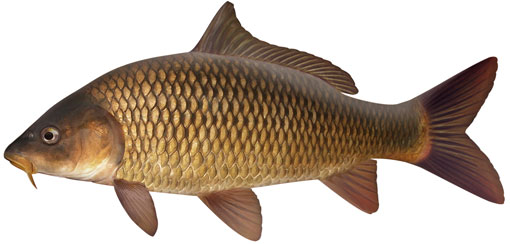
Carp
In parts of Eastern Europe, it's customary to place a live carp in your bathtub for consumption on Christmas Eve. Why? Some suggest that
it's due to the fish's vital role in the area's fishing industry and because eating meat was considered a luxury, thus the need to save
the carp for a special occasion.
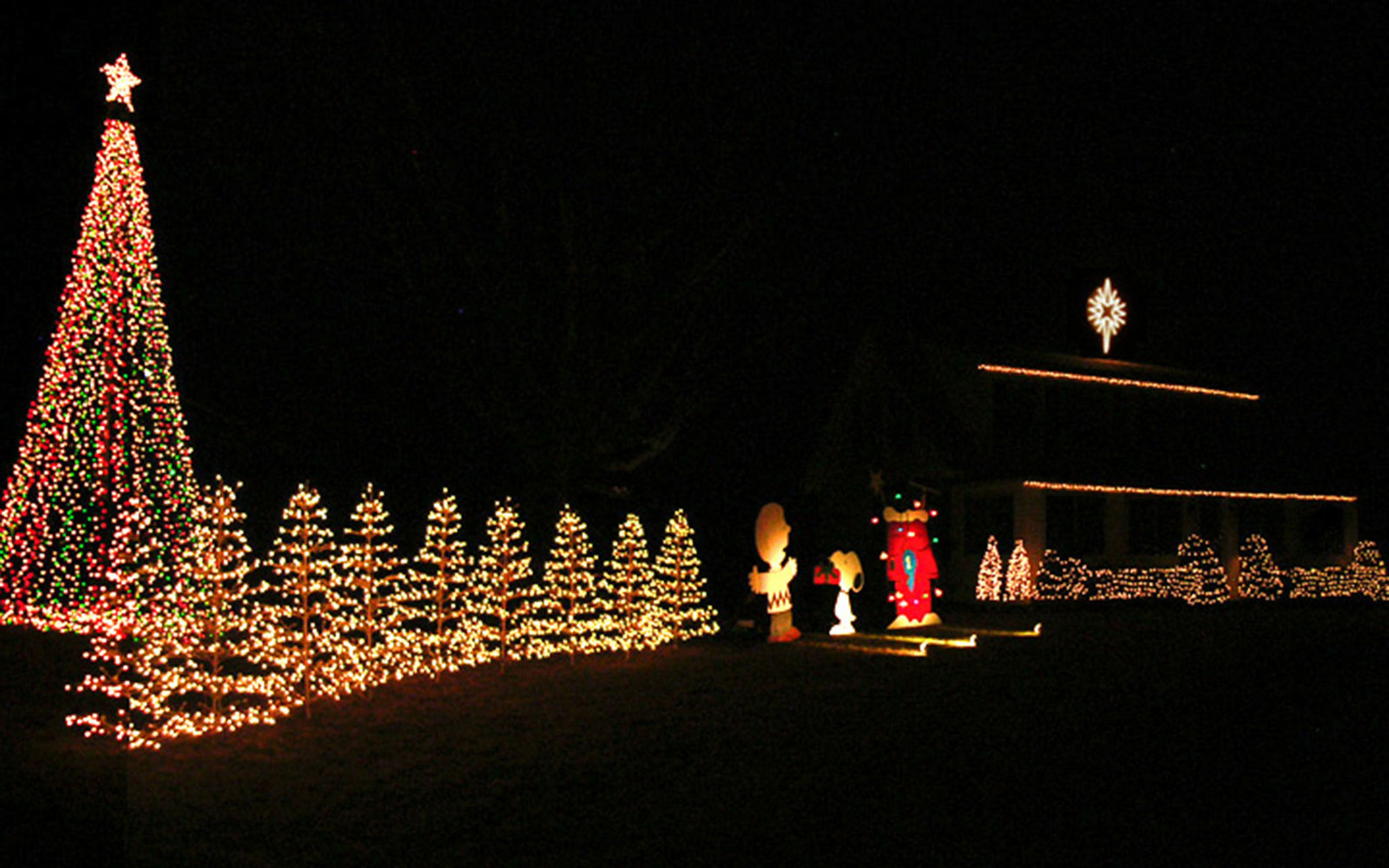
Christmas Lights
Historians have an explanation for this bit of Christmas trivia. They note that celebrating Christmas is a natural response to the
winter solstice. "If you happen to live in a region in which midwinter brings striking darkness and cold and hunger, then the
urge to have a celebration at the very heart of it to avoid going mad or falling into deep depression is very, very strong,"
researcher Philip Shaw of Leicester University told Livescience.

Christmas Stockings
An old story dating back to third century Turkey suggests that St. Nicholas would throw coins down the chimneys of poor women who
couldn't afford dowries. The legend continues that the money would land in stockings that were hung over the fire to dry.
Santa Clause
Dutch children have long cheered the annual coming of Sinterklaas ‐ known also as Saint Nicholas ‐ who sports a crimson miter and
rolls into town on a steam boat filled with presents in

Carp

Christmas Lights

Christmas Stockings
Santa Clause
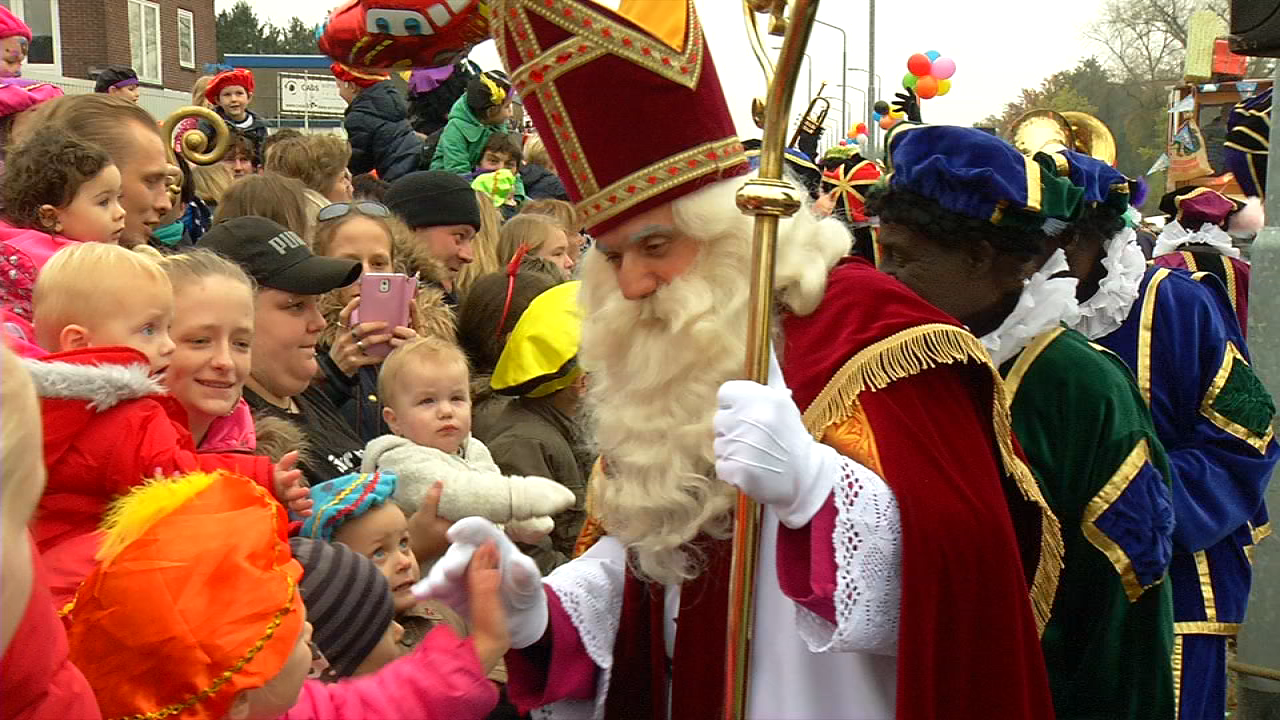 mid‐November. Then, he rides around on his mighty white steed Amerigo and
distributes gifts. Over time, Sinterklaas' image was transmuted into Santa's, and Amerigo became a sled with flying reindeer.
mid‐November. Then, he rides around on his mighty white steed Amerigo and
distributes gifts. Over time, Sinterklaas' image was transmuted into Santa's, and Amerigo became a sled with flying reindeer.
While there had been mention of 'Santa Claus' in the American press dating back to 1773, Washington Irving is generally considered
the first man to significantly transform the Dutch Sinterklaas into 'Santa Claus.' In his book History of New York, he spoofed the
gift-giving legend and portrayed Santa Claus as a pipe‐smoking sailor in a green coat.
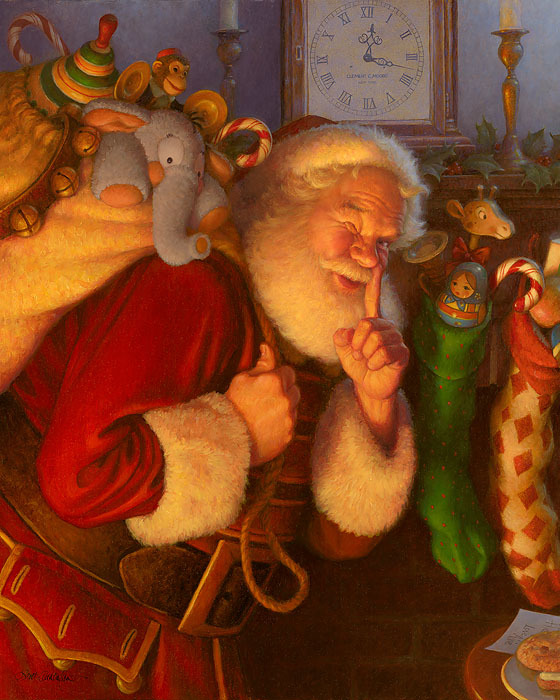 There's no shortage of fascinating Christmas trivia about everyone's favorite jolly old elf. Inspired at least in part by
Sinterklaas and the history of St. Nicholas, author Clement Clarke Moore wrote a poem titled 'A Visit from St. Nicholas.'
You may know it better as 'The Night Before Christmas.' From this work came much of what we now associate with Santa Claus:
The flying reindeer, his ample gut, and jolly laughter. Speaking of laughter, check out some of our favorite jokes about Santa.
There's no shortage of fascinating Christmas trivia about everyone's favorite jolly old elf. Inspired at least in part by
Sinterklaas and the history of St. Nicholas, author Clement Clarke Moore wrote a poem titled 'A Visit from St. Nicholas.'
You may know it better as 'The Night Before Christmas.' From this work came much of what we now associate with Santa Claus:
The flying reindeer, his ample gut, and jolly laughter. Speaking of laughter, check out some of our favorite jokes about Santa.
But his image has been used extensively in wintertime marketing materials since 1931, cementing both his image and persona in the
public consciousness.



